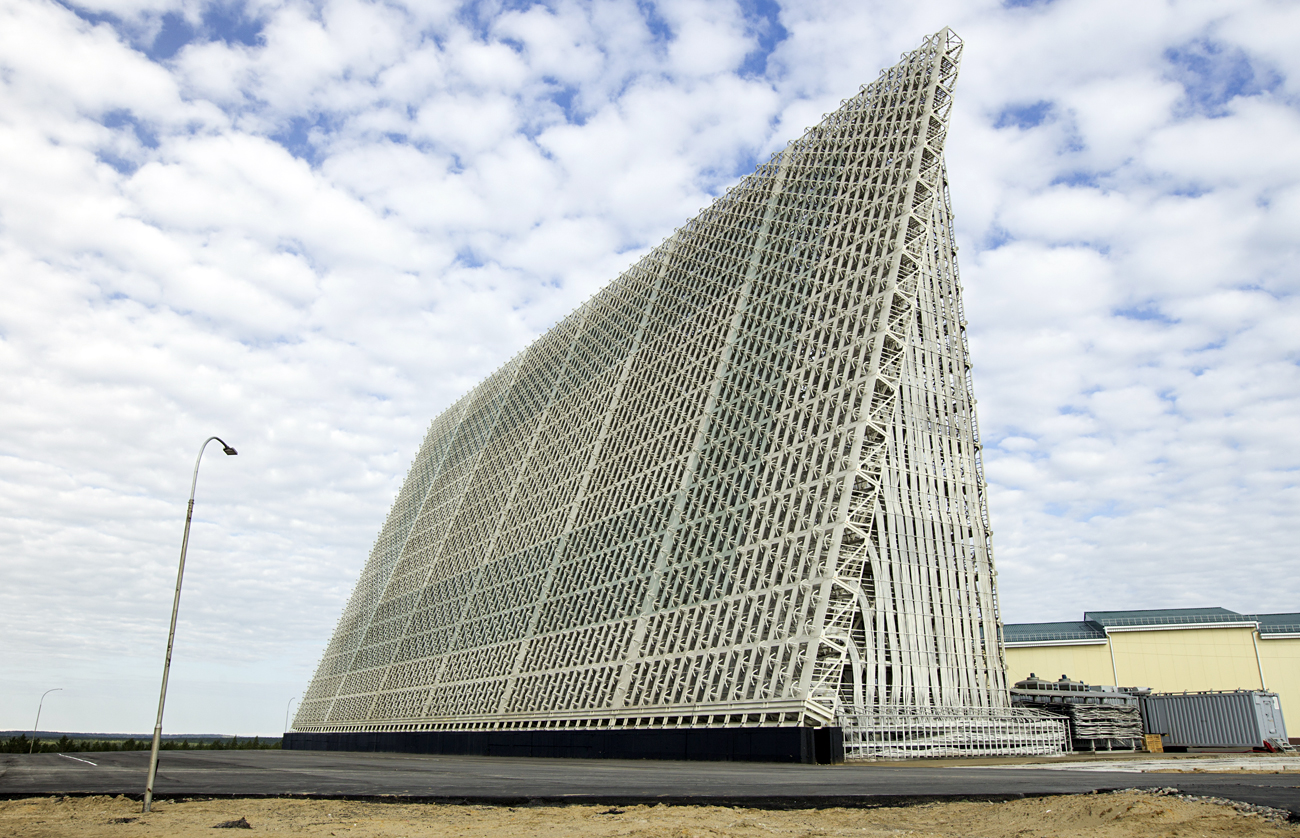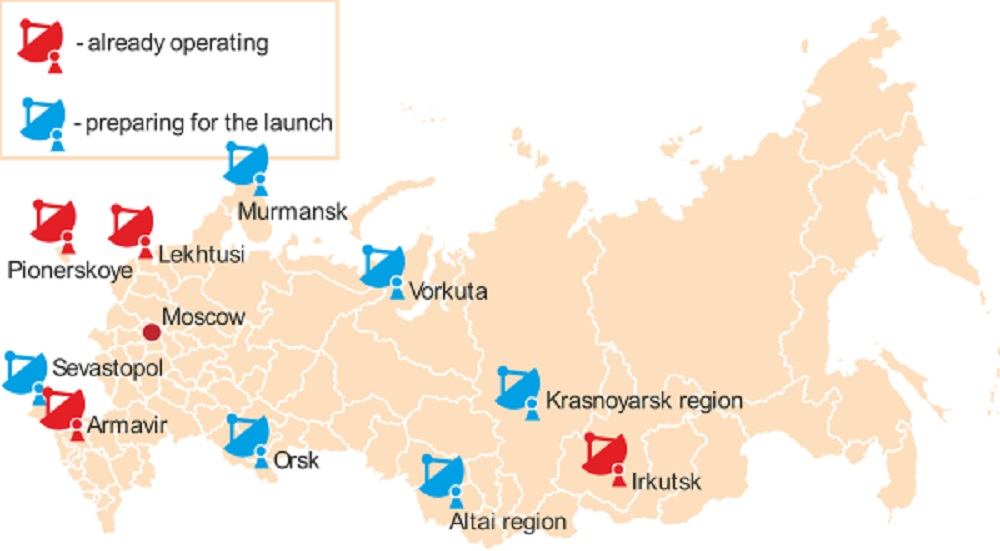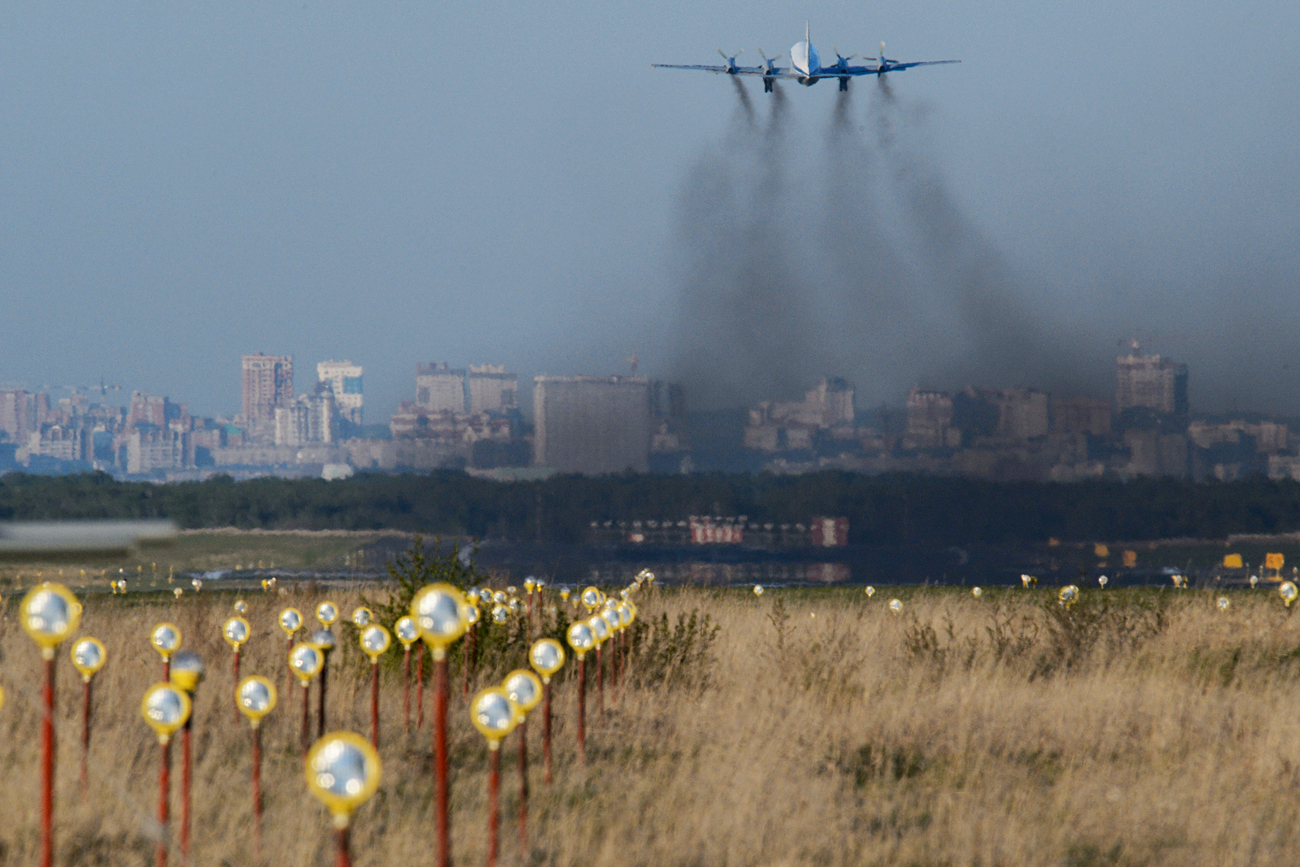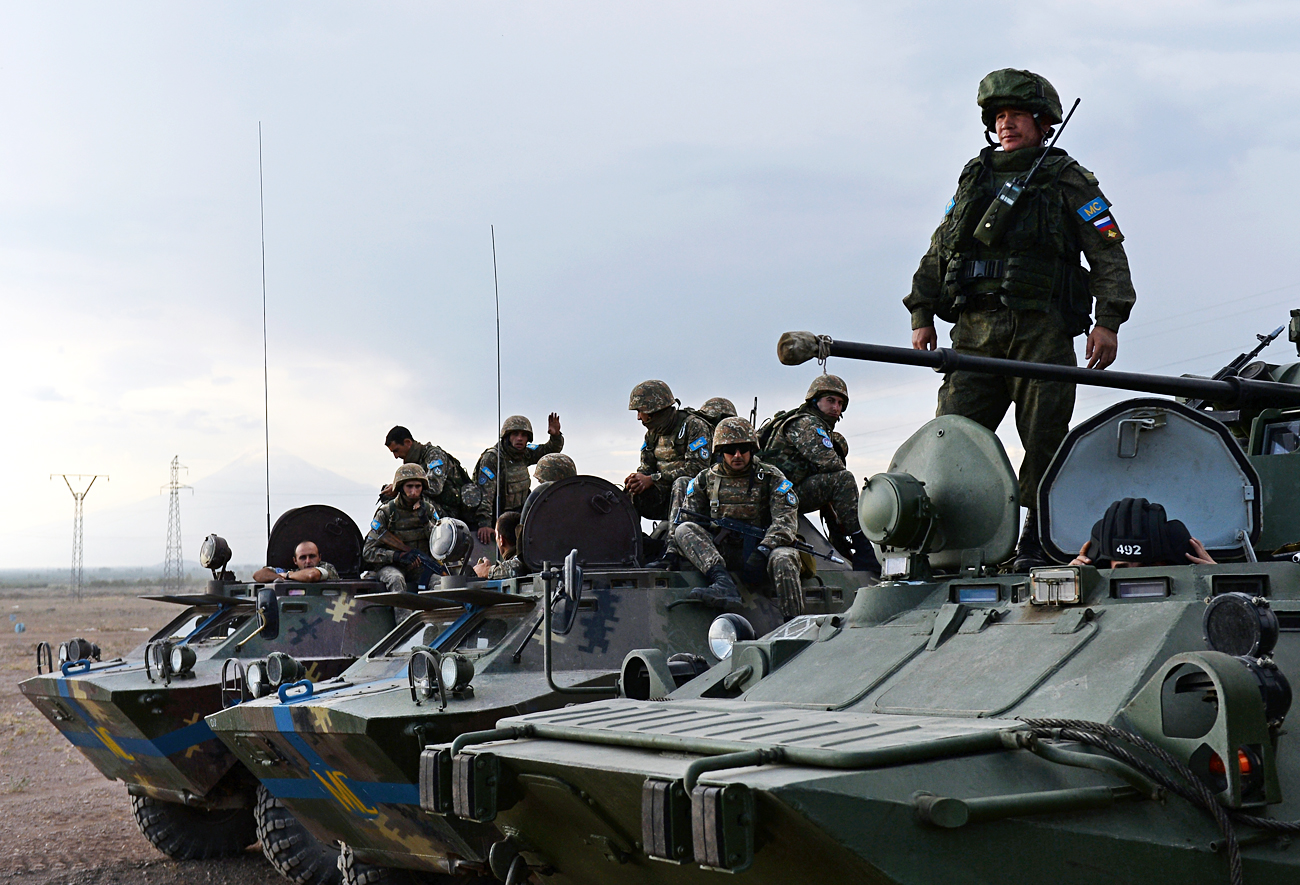Moscow to create heavy-duty radar station in northwest Russia

A Voronezh-M class long-range missile warning radar outside Usolye-Sibirskoye, Irkutsk Region.
Vadim Savitsky/TASSRussian defense enterprises are to build a heavy-duty radar station to warn of potential missile strikes on Russia, according to Sergei Boyev, chief executive of the holding company that will construct the missile attack warning system.
The Voronezh-DM type radar station will be deployed in Russia's northwest near the city of Murmansk (1,160 miles north of Moscow), where Boyev says it "will cover the main missile-threat direction" in the western area.
The new station will be able to detect ballistic, space and aerodynamic objects, including cruise missiles.
How the missile attack detection system works
The Voronezh-type radar station allows the Russian Defense Ministry to see, in sectors, what is happening around Russian territory at a distance of up to 3,600 miles (6,000 km).
The station is one of three elements of an integrated missile attack warning system.
"The first level concerns space. For example, our Tundra-type satellites, which the Russian Defense Ministry sent into orbit last year, report on the launches of ballistic missiles from potential enemy territory," said a source from Russia's defense industry.
In his words, the Voronezh type radar station, or those equivalent to it, then tracks the warhead's flight trajectory and aims the missile defense systems at the warhead.
"The satellites record the launch and then we must determine where the missile is heading – to Russia or South America. It’s this system that gives the target designation to the antimissile defense systems. And such a radar station covers the distance from St. Petersburg to the U.S. coast," added the source.
Cheaper and more efficient
While radar stations of the previous generation looked like ancient Egyptian pyramids, the current model is strikingly different.
“The Soviet Daryal in Azerbaijan consisted of two cyclopean concrete structures: a 60-meter-high broadcasting center and a 100-meter-high ‘receiver.’ They were serviced by a hundred people and construction had taken 10 years and cost $1 billion," the source from the Russian defense industry told RBTH.
In his words, the Voronezh, with its "latticework antenna canvas-sail tucked under light siding and several containers with apparatus, looks like a Lilliputian next to the Daryal.
The cost of the new station is estimated between 1.5 and 2 billion rubles (from $23 to $31 million).
The station is serviced by 15 people. All the equipment is prepared, assembled and tested at the constructing enterprise. The modular cubes are then put together as a station on site and are configured to do their job.
Where can similar radar stations be found in Russia?
 Source: Nikolai Litovkin
Source: Nikolai Litovkin
Since the beginning of the 2000s Russia has been modernizing its missile attack warning systems. To secure its borders Moscow has to replace the old stations from the Soviet period, as well as the facilities in the Baltics, Ukraine and Belarus that were lost after the collapse of the USSR.
In 2008 a new Voronezh-type missile attack warning system was deployed in the settlement of Lekhtusi near St. Petersburg. It is capable of identifying all air and space objects from the coasts of Morocco to Spitsbergen, an archipelago in the Arctic Ocean.
The second station was launched in Armavir in the Krasnodar Territory (870 miles south of Moscow). The facility tracks events occurring in the area from North Africa to India.
Similar missile attack warning systems are now deployed in the Kaliningrad Region in the settlement of Pionerskoye (800 miles west of Moscow) and near Irkutsk (3,200 miles east of Moscow). The first tracks missile launches from a "western" direction," the second – the area from China to the western shores of the U.S.
The Russian Defense Ministry plans to introduce similar facilities in the Krasnoyarsk Territory (2,600 miles east of Moscow) and the Altai Territory (2,400 miles east of Moscow), as well as in Orsk (1,100 miles east of Moscow) and near Vorkuta (1,200 miles northeast of Moscow).
Read more: Russian Navy brings the big guns to the Mediterranean>>>
Subscribe to get the hand picked best stories every week
All rights reserved by Rossiyskaya Gazeta.
Subscribe
to our newsletter!
Get the week's best stories straight to your inbox

